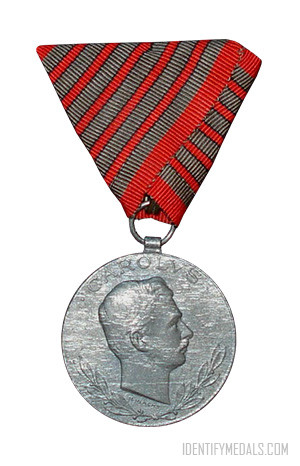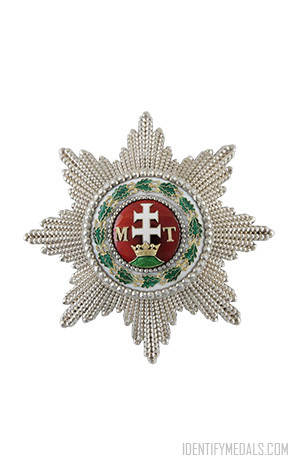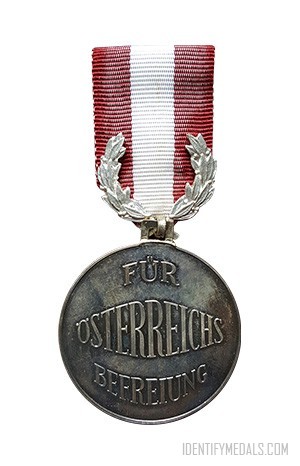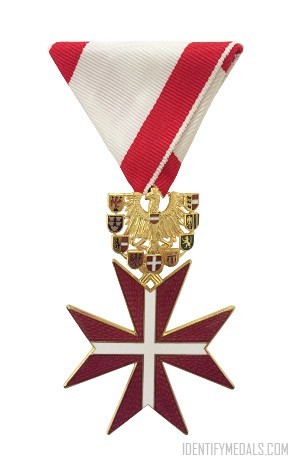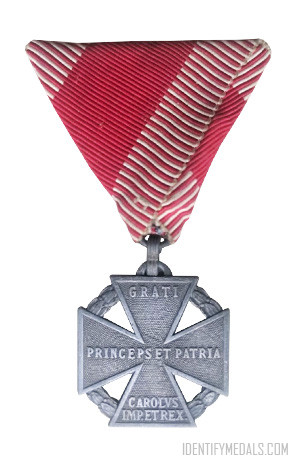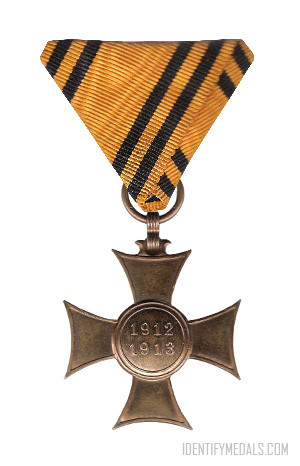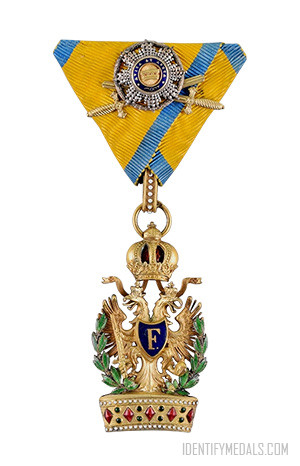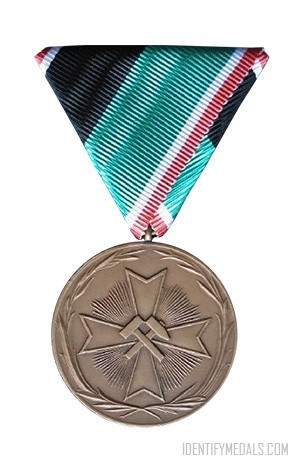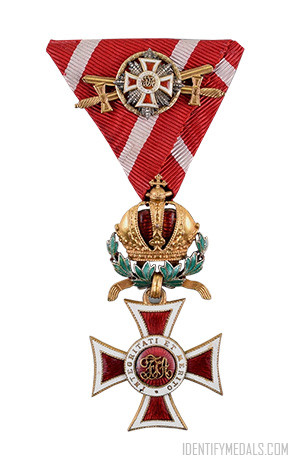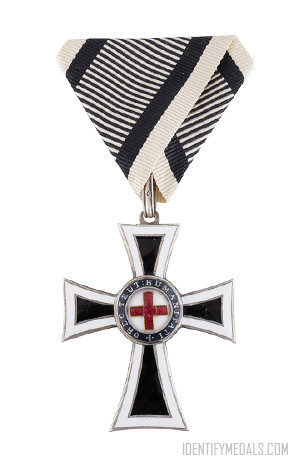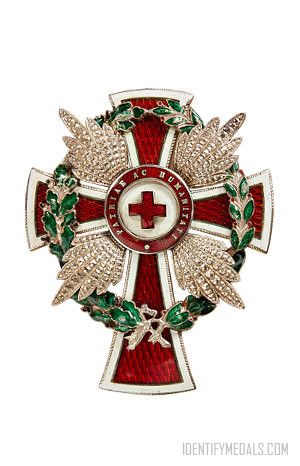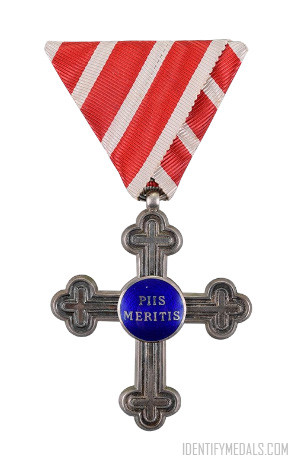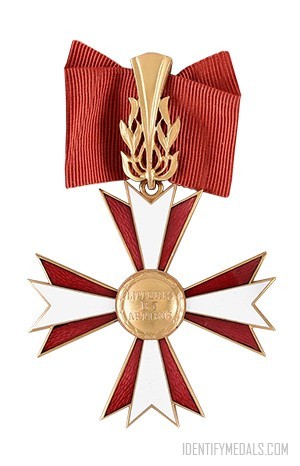- Time Period: World War I
- Institution: 12 August 1917
- Country: Austria, Hungary, Austro-Hungarian Empire
The Wound Medal is a decoration of the Empire of Austria-Hungary established on August 12, 1917 by Emperor Karl I.
The medal was awarded to service members of the Austro-Hungarian armed forces and to persons attached to the Austro-Hungarian armed forces who were wounded as a result of combat operations. It could also be awarded to persons who were disabled or suffered serious damage to their health in connection with military actions.
The Wound Medal Design
The Wound Medal is made of zinc and measures 38-mm in diameter. There are variations with both a dull gray and with a polished surface.
The obverse features a bust of Emperor Karl with his name in Latin “CAROLUS” above and a wreath of laurels below. Between the bust and the laurels in smaller letters was the name of the designer of the medal, R.(Richard) PLACHT, 1880 Kratzau – 1962 Vienna. The reverse featured the words LAESO MILITI (“to the wounded soldier”) and the date in Roman numerals “MCMXVIII” (1918).
The medal is suspended from an Austrian-style trifold ribbon, 39-mm in width, gray-green with 4-mm wide red edge stripes. The number of wounds was indicated by narrower 2-mm wide red stripes, edged in black, centered on the ribbon. No stripes indicated an award for someone invalided out of service. One stripe indicated a single wound, two stripes two wounds, etc.

